|
|
|||
|
Drive into The Brandeis-Bardin Institute, up the pepper tree-lined main thoroughfare and through the gates leading to 3,000 acres of rolling hills in the Santa Susana Mountains. Enter a setting so magnificent that it’s easy to believe, as Rabbi Ed Feinstein of Valley Beth Shalom does, that God lives there. Sitting on the largest piece of Jewish property owned by a Jewish organization outside of Israel, The Brandeis-Bardin Institute is a pluralistic, nondenominational day and overnight camp, conference and retreat center that caters to all ages. Originally established on the East Coast in 1941 and relocated to California in 1947, it remains committed to educator and founder Dr. Shlomo Bardin’s core mission of helping Jews enjoy vital Jewish experiences through informal and experiential education in a natural setting. But nature has taken its toll, too. Drive farther back onto the campus and witness about 1,500 acres of outback brush blackened by last September’s devastating wildfires. Since the fires hit, sparing all structures except for the roof and a set of doors at the hilltop House of the Book, the institute’s professional and lay leaders have been considering how best to repair the damaged land. Less visible and more challenging than the fires has been another, longer-lasting problem, that of Brandeis’ scorched reputation, sparked by years of concern about the institute’s leadership. The two most recent presidents have both left precipitously, and an unwieldy board is currently being reconfigured. “I don’t think anyone would deny that it [Brandeis] has had problems with leadership,” said former camper and new board member Bernard Lax. In March, Rabbi Isaac Jeret unexpectedly announced his departure only 10 months after having been selected president following a nationwide search. Prior to Jeret, Rabbi Lee T. Bycel held the position of president for just three years, departing in August 2003, when the board didn’t renew his contract. Leadership changes are now well under way. The process began on March 22, the day Jeret resigned and the day Brandeis’ executive committee changed the leadership model entrenched at the institute since its founding in 1941. The committee eliminated the position of president and hired Gary Brennglass as its new executive director, for the first time installing a business person rather than an educator at the helm. The goal is to create a more businesslike atmosphere behind the scenes at the institute, even as it aims to preserve its magical exterior. “It was a quick decision, and it was absolutely the right decision,” said Board of Directors Chair Linda Volpert Gross of Brennglass, who, since July 2004, had been the full-time, paid director of operations. For 18 years prior, he was an active lay leader who served as a board and executive board member, including the two years from 1989 to 1991 as board president. The committee also hired consultant Richard Marker of Marker Goldsmith Advisors in New York to create a candid strategic assessment of the institute, with the findings to be presented to the board this month. The assessment entails examining programming, marketing, finances, leadership and community relations, all of which need improvement, according to Gross. In a sense, said board member Richard Gunther, who has been involved with Brandeis for more than 50 years, the study will take on a visionary role, giving the institute direction to best serve the Jewish community. Others, however, regret the absence of a leader who is also an educator and scholar, such as Bardin, or Dennis Prager, who led the Institute from 1976 to 1983. Such a leader is essential, they argue, to the institute’s ability to translate Bardin’s vision into the future. On the lay side, Gross, who became board chair in December 2004 and who holds an MBA from Harvard, has added 10 new “involved, passionate” board members, for a total of 70. She is also revamping committees and insisting that all board members take active roles. Brennglass said the institute’s financial health is fairly strong. Brandeis has in excess of $2 million in endowment and reserves but, like most independent nonprofits, needs to rely on fundraising to augment its fee-for-service programs and to balance its approximately $5.4 million budget, as reported on its IRS Form 990 for the year ending Sept. 30, 2004, the most recent available. Brandeis hosts an annual dinner each spring that raises between $600,000 and $800,000, with last spring’s event, the most successful ever, topping the $800,000 mark. An “aggressive” fire response campaign, with a goal of $250,000, was launched this fall and has already brought in more than $160,000. Additionally, the institute receives income by renting its facilities for Shabbatonim and lifecycle events, such as b’nai mitzvah and weddings. Brandeis’ most valuable asset is the land, which board member and real estate professional Gunther estimates to be valued in the tens of millions of dollars. “The question is how do you get liquidity from that but still not impact future development possibilities,” he said, adding that the board is looking at various plans to buttress the institute’s financial position. But whatever changes are enacted, the institute remains committed to its core programs. These include the overnight camp, Camp Alonim; the day camp, Gan Alonim, and the Brandeis Collegiate Institute (BCI), a cultural, educational and outdoors program for young adults 18 to 26. Some changes are already underway. On the professional side, in addition to Brennglass, new staff hires include Rabbi Laurie Hahn Tapper as director of BCI and adult programming and Jordanna Flores as director of Camp Alonim. They are replacing, respectively, Rabbi Scott Aaron and Ed Gelb, both of whom left voluntarily and amicably. In addition, Dr. Gabe Goldman, scholar-in-residence for the past two summers, has just been hired as the full-time director of environmental education, a newly created position. “We have no interest in remaining one of the Los Angeles Jewish community’s better -kept secrets,” said Brennglass, pointing out that though it is located just 45 minutes northwest of downtown Los Angeles, Brandeis, is also a working ranch with 40 cows, 50 horses and about 25 goats, as well as crops of corn and avocados. The cows are intentionally moved from pasture to pasture to graze and were instrumental in stemming the fire because they had lowered the brush in the margins around the camp. Board member Lax, like Brennglass, is surprised by the number of people unfamiliar with the Brandeis-Bardin Institute, given the resources it offers. Such was case for Luisa and Saul Jaffe of Claremont, who were invited by friends to a Founders Weekend a couple of years ago. Since then, the Jaffes and their three children have attended three family weekends and sent their 10- and 8-year-old to overnight camp. Luisa Jaffe is now a committed Brandeis supporter. “It’s not very expensive, it’s very accessible and it doesn’t matter if you’re very reform or very observant,” she said. “Everyone can fit in.” Brandeis has kosher facilities supervised by Rabbi Yale Butler and serves as a retreat center, hosting weekends for families, newlyweds, elder hostel groups and others. It has recently begun partnering with other organizations, including The Jewish Journal and Jewish Federation/Valley Alliance, among others, for some weekends. Virtually every weekend was booked last year and again for this year. Brennglass said he would like to expand the outside linkages and attract more weekday bookings, especially for “Jewish organizational snowbirds” in the East and Midwest who are beginning to discover that Brandeis-Bardin is a great destination from mid-January to mid-March. Additionally, the Brandeis community itself needs to be tapped. Lax, who is heading up and reorganizing the Alonim Committee, one of about six standing board committees, plans to do more outreach to parents of current campers. “We have thousands of kids coming through the gates, but probably less than 10 percent of those kids have parents who are involved in the institute,” he said. He also wants to reach out to former campers. Through the recent upheaval, Brandeis’ camping programs have remained strong. Gan Alonim, established in 1991, hosted 240 day campers from kindergarten to sixth grade in 2005. The overnight Camp Alonim, founded in 1953, enrolls approximately 1,000 campers each summer from grades 2 through 10, and in leadership programsin grades 11 and 12. Throughout the summer it’s 90 percent full, impressive at a time when camp enrollment across the country is declining, according to director Flores. In an effort to attract new campers, last summer Alonim began offering a basketball specialty camp, which it will expand this season to include boys and girls in sixth through eighth grade. (Attempts at diversifying two summers ago by adding soccer, arts and wilderness camps didn’t take off.) Additionally, Flores wants to improve the sports program. She is adding archery this summer and also wants to enhance the baseball and basketball programs. Alonim’s physical plant is also getting a lift. A $5 million campaign to rebuild the dining hall, with construction tentatively slated to begin in 2006, according to Brennglass, has evolved into a larger, soon-to-be-announced effort to renew the entire Alonim campus. BCI — formerly known as the Brandeis Camp Institute, the prototypical experiential program created by Bardin initially in Amherst, N.H. — celebrated its 65th year. It hosts two sessions, or aliyot, each summer, with about 50 18- to 26-year-olds in each, two-thirds of whom are from the United States and one-third from Israel, Argentina, the former Soviet Union and other countries. Through two-hour blocks of art, outdoor projects and traditional study, BCIers, coming from diverse Jewish backgrounds with varying knowledge of Hebrew but with fluent English, learn about their Jewish selves. They also learn about coexistence, spending 26 days together as one community. Said BCI Director Hahn Tapper, “What does it mean to live with people you don’t always agree with but can still learn with and respect?” The experience of four weeks at BCI is enduring. BCI alumnus Bruce Powell, currently head of New Community Jewish High School and involved with Brandeis for the past 45 years, believes that it has transformed thousands of lives in profound ways. Jonathan Bernhard of Adat Ari El and Gordon Bernat-Kunin of Milken Community High School, for example, are rabbis today because of transformative BCI experiences. And Powell himself went on to establish three Jewish day schools. “I came into Brandeis with lots of loose ends as far as being spiritual, but came away with a sense of peace about Jewish tradition and interacting with other Jews,” said Jaeson Plon, 21, a summer 2005 graduate. Plon, a senior at UC Santa Barbara, is a religious studies major and had planned to become an academic before his BCI experience. Now he’s bent on doing something in the Jewish community. Hahn Tapper does not expect to make big changes during her first year but is looking at ways to better serve this age group, perhaps by adding winter- or spring-break programming or by creating a small year-round residential fellowship program. Additionally, Brennglass said the institute is reviewing ways to reach out to those who are slightly older because 18- to 26-year-olds aren’t always ready to make life decisions regarding religion. He envisions something for those post-graduate young adults already working in their first career and looking to define themselves. Other changes, especially with Goldman as full-time director of environmental education living onsite, include the integration of nature into all programming. Organic gardening is part of the day and overnight camp program. Alonim campers also learn Native American wilderness skills and this year will build and sleep in sukkot, imitating their ancestors traveling through the desert. In addition, campers will explore some previously overgrown trails uncovered by the fire and will help restore fire-charred land, giving Goldman an opportunity to teach about nature’s life and death cycles. Goldman has also added monthly adult and family hikes to the program. Looking ahead, Goldman said, “The real challenge is to turn the physical setting into much more of a model of what we mean by a green institute,” noting that Brandeis wants to establish itself as a national environmental education center. And while the institute needs to raise funds and set priorities, the fire, in a sense, gave it a head start. With an entire 65,000-square-foot burned hill to replant, a deliberate, although more difficult and expensive, decision was made to use native plants, such as ceanothus and coyote bush, which are environmentally sound and can better withstand future fires. Part of the planting was done on Fire Recovery Workday Nov. 20, for which 60 people showed up. Plus, Goldman would like to look at some alternative energy sources fueled by solar or wind power, which he feels will save money in the long run. Meanwhile, for those whose lives have been profoundly touched by Brandeis, the institute remains a very special environment. That’s certainly true for Scott Kantrowitz, who has been involved since he began working as a junior counselor at age 16. He met his wife, Julie, there and subsequently sent his three children to Camp Alonim. “It’s a wonderful, wonderful place,” he said. “It’s given me my family and everyone who’s important to me.” |
|








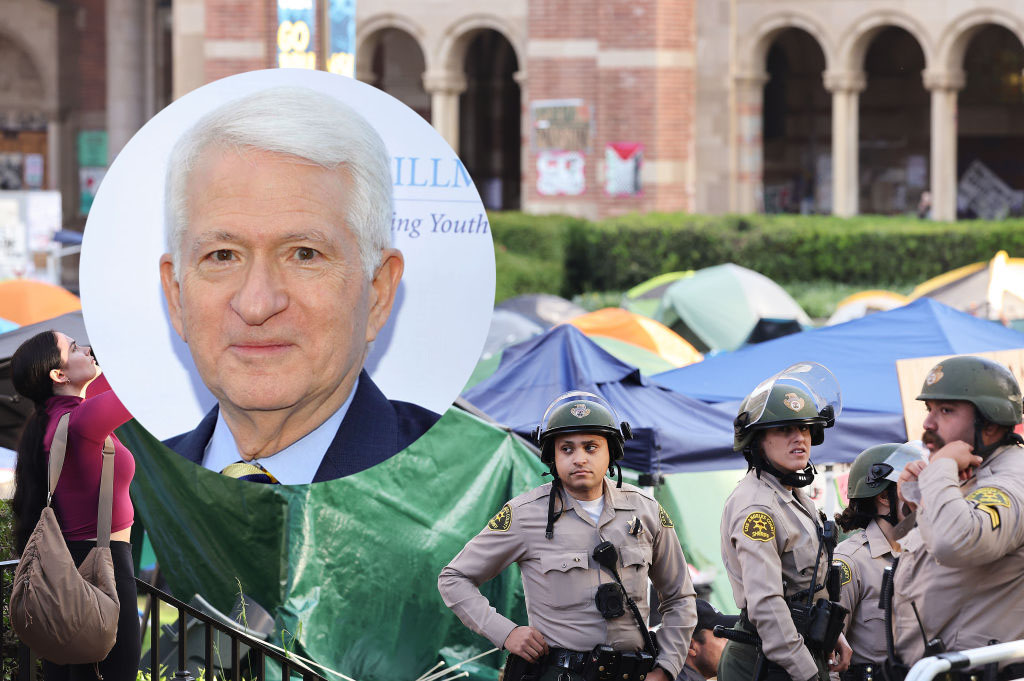

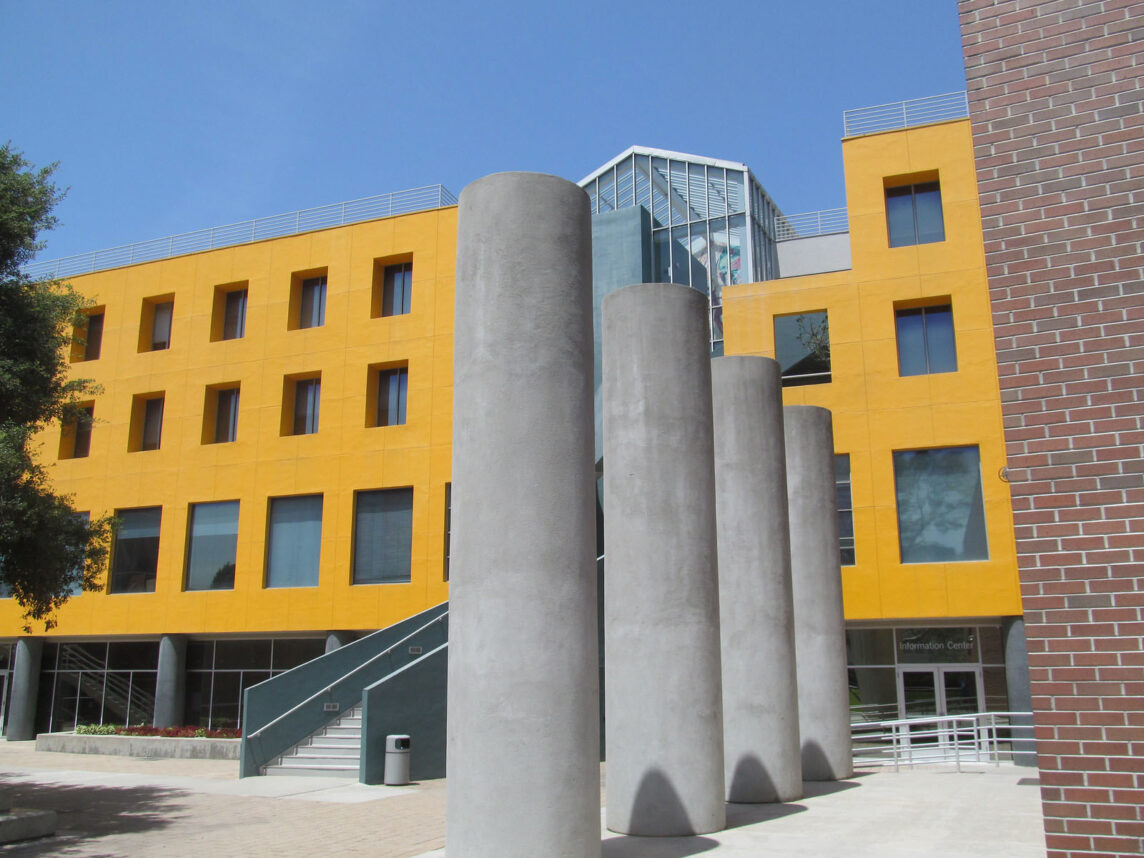
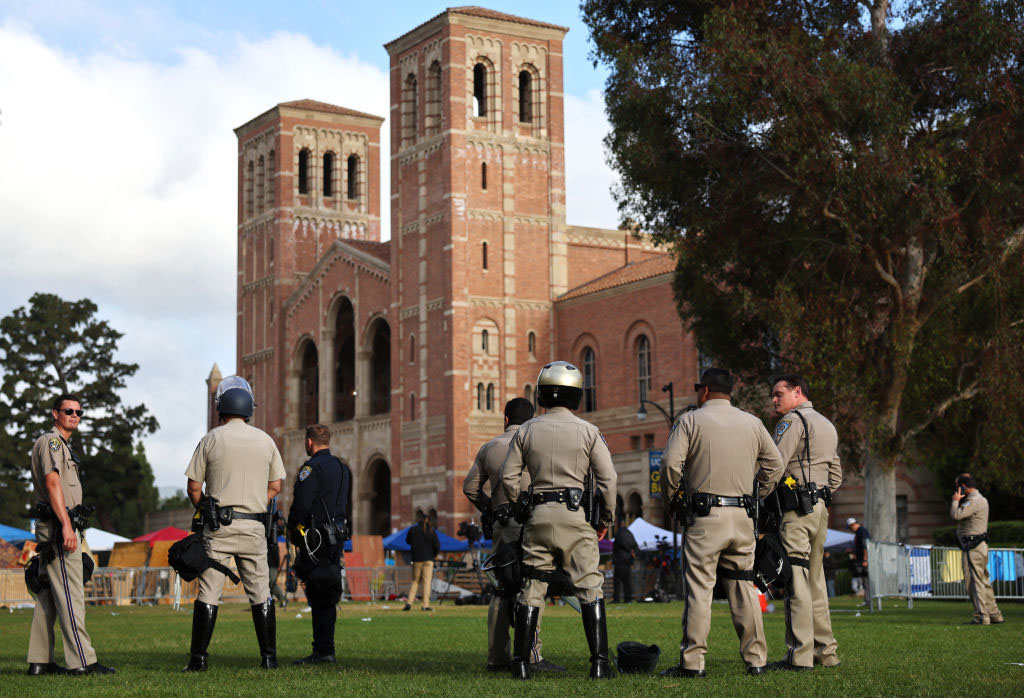
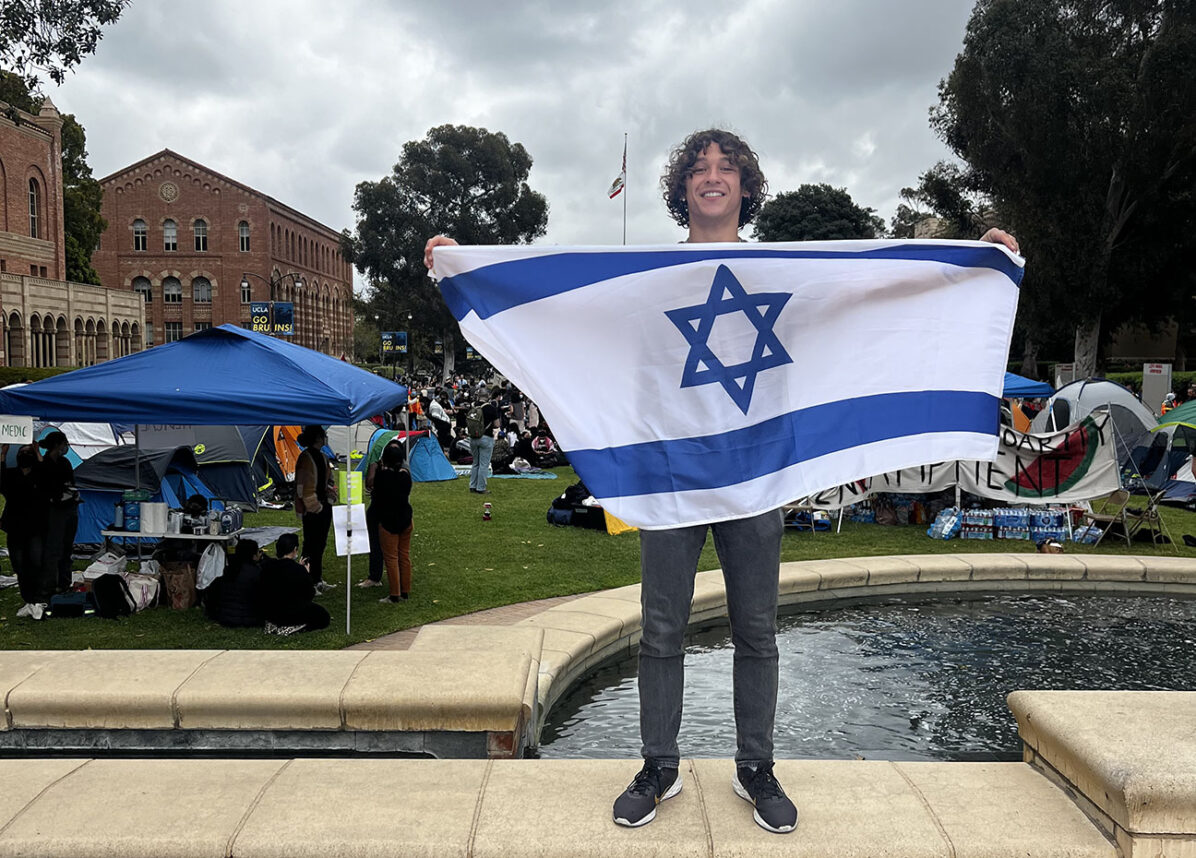

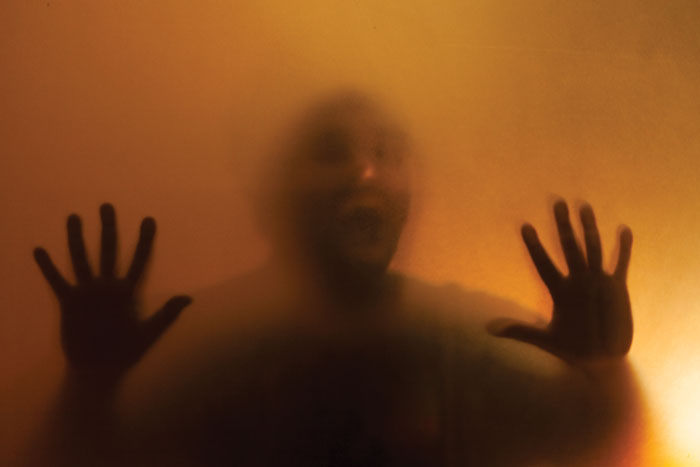


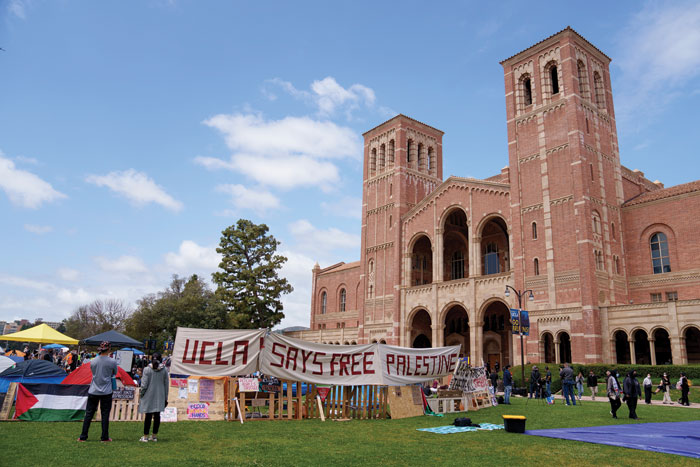






 More news and opinions than at a Shabbat dinner, right in your inbox.
More news and opinions than at a Shabbat dinner, right in your inbox.